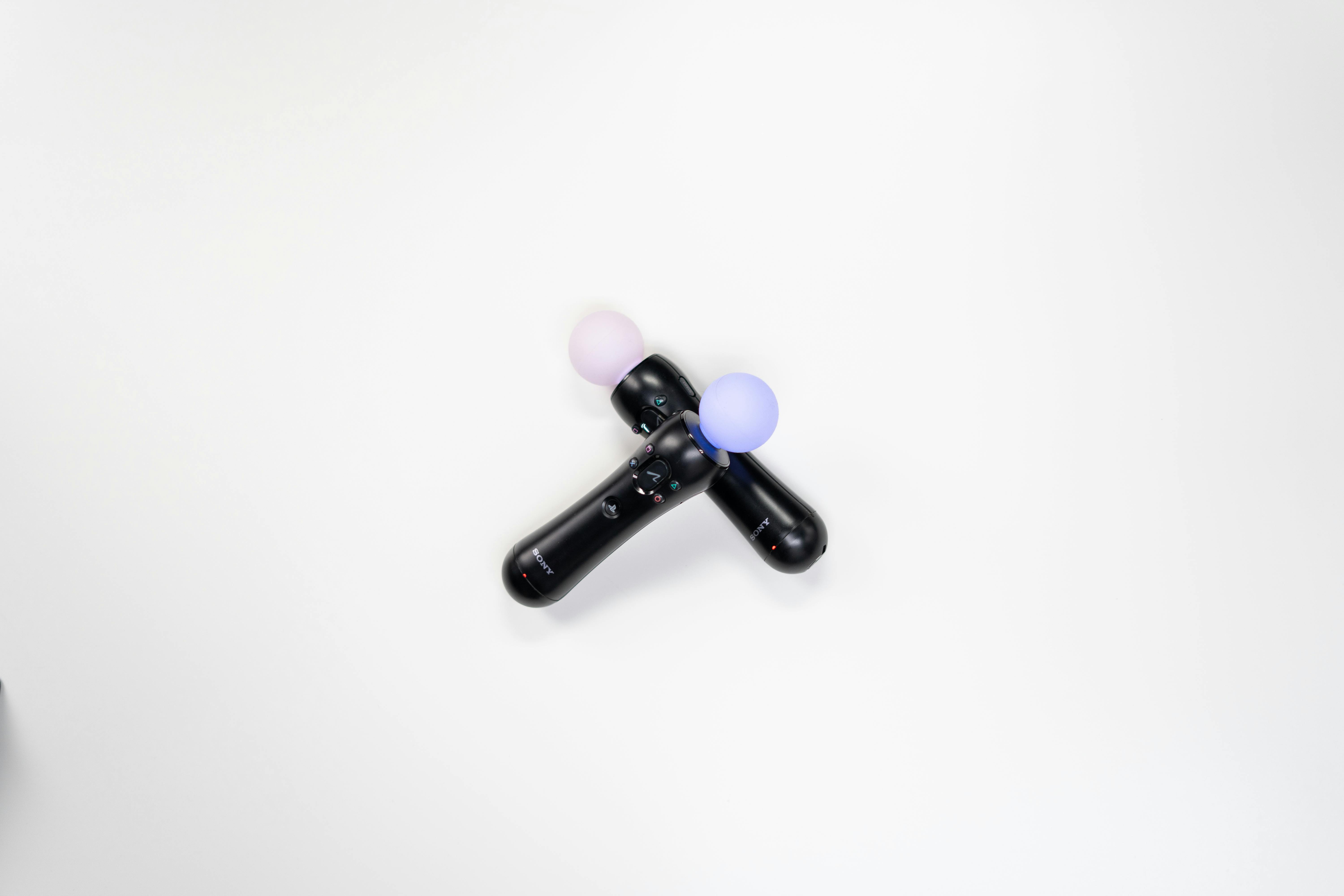Vias in PCBs
Vias are essential to the creation of the multilayered PCBs that power our modern electronics, allowing them to operate at higher performance and density. They are used to connect the traces on different layers, and without them, the traces would have to take the long way around the board, which is not optimal for manufacturing and signal integrity.
A via is a plated hole that provides a conductive path for electrical signals to travel between the circuit board layers. There are three primary types of vias: Through Vias, Blind Vias, and Buried Vias. Through vias are open on both ends and are drilled through all layers of the board. They are then plated with copper to form a conductive connection. Blind vias are holes that are drilled through one or more layers of the circuit board but are filled with a non-conductive material to prevent the passage of electricity. Blind vias are commonly used in multilayer boards to minimize the size of the board.
Buried vias are holes that are not visible from the surface of the board. They are buried under layers of the circuit board and connect traces on multiple internal layers without requiring access from the external layers. This type of via is important for pcb manufacturers to reduce production time because it requires less drilling, plating, and copper etching than a through-hole design.

The Role of Vias in PCBs
In addition to their conductive properties, vias also function as a mechanical attachment point for surface mount components and provide routing congestion relief in multilayer PCB designs. They also stitch ground planes and lower impedance for sensitive signals. Finally, they help improve vertical heat conduction by providing thermal columns.
The use of vias can significantly impact the cost and quality of a PCB, so it’s important to select the right type for your design. For instance, through-hole vias are generally cheaper than blind or buried vias, but they require more careful engineering to prevent failure modes such as cracked barrels and lifted pads. Other considerations include limiting the aspect ratio to avoid excessive drilling and ensuring adequate anti-pad clearances to avoid loose solder joints.
PCB designers can control the size, shape, and placement of vias in their designs by using advanced tools and features provided by a CAD system. For example, an advanced padstack editor like the one in Allegro PCB Designer allows designers to create and optimize vias for their layouts.
With a solid understanding of the role that vias play in PCBs, you can use them to your advantage when creating new circuit board designs. By taking advantage of these innovative technologies, you can push the envelope for a wide range of applications. As a result, you can ensure that your products are more efficient and durable than ever before.



Recent Comments